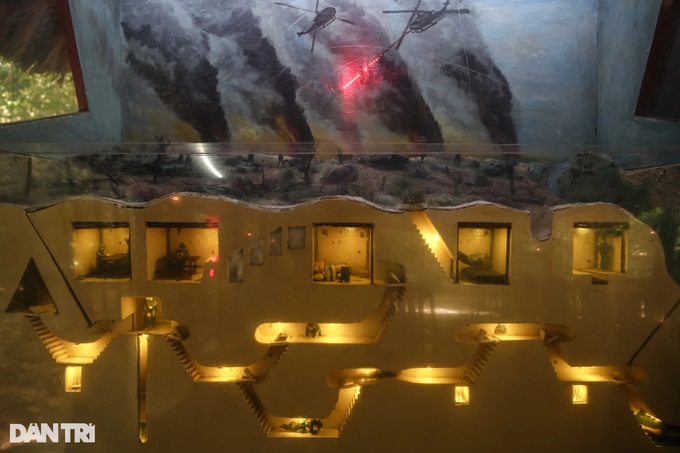
Originally constructed in 1948 during the resistance against French colonial forces, the earliest sections of the tunnel network were built in Tan Phu Trung and Phuoc Vinh An communes in HCM City's Cu Chi District. The system was later significantly expanded during the war against the United States and stretched over 200 kilometres.
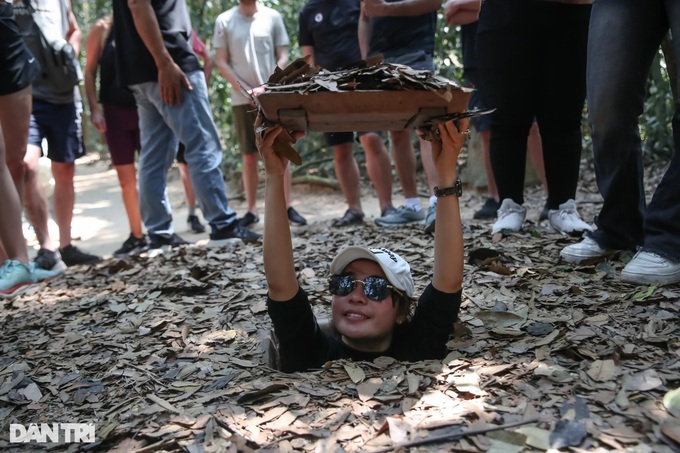
The tunnels form a vast underground labyrinth, with three reinforced levels at varying depths.
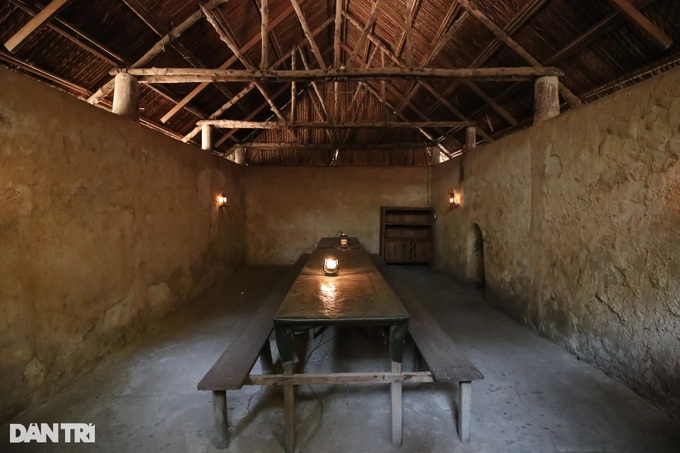
Designed to withstand heavy bombardment and the advance of tanks and armoured vehicles, the network served as a vital underground fortress for both soldiers and civilians.
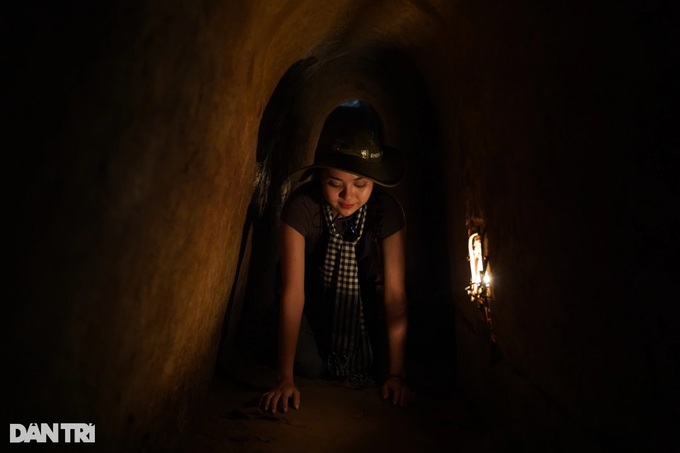
Much of the original structure remains intact today, with winding, narrow passages burrowed deep beneath the earth, a striking reminder of the underground life that sustained an entire resistance movement.

Following the Battle of Cedar Falls, which took place from January 8 to 26, 1967 and left Cu Chi heavily devastated, authorities reconstructed a section of the liberation zone at the historical site. This area now showcases what life in the liberated Cu Chi region looked like between 1961 and the destruction of the area.

Many international visitors have expressed fascination at the ingenuity of the tunnel entrances, often hidden in plain sight.

"Visiting the Cu Chi Tunnels gave me a much deeper appreciation of Vietnam’s history and the people’s struggle," said visitor Xuan Mai.
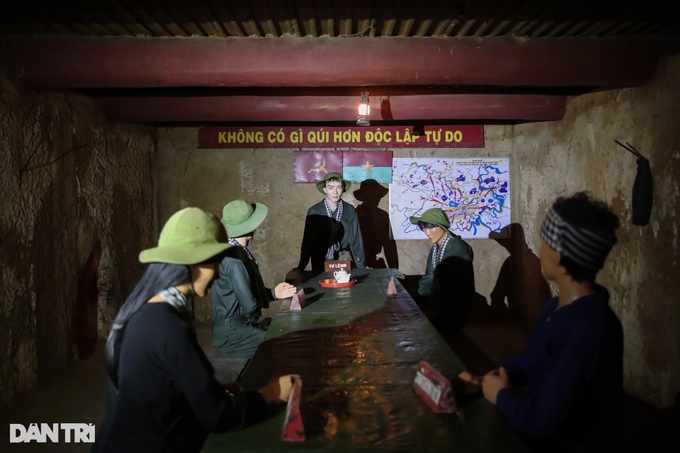
Over the course of the two resistance wars, Cu Chi’s armed forces and residents fought in over 4,000 battles, reportedly eliminating 22,500 enemy troops, seizing or destroying more than 5,160 military vehicles, and shooting down 256 aircraft.
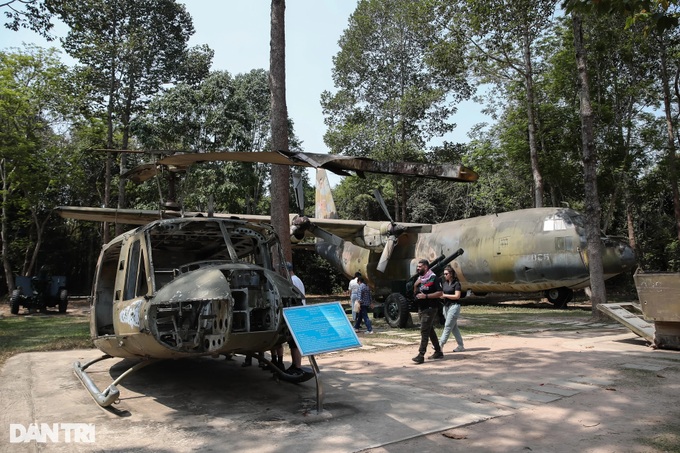
Located approximately 70 kilometres northwest of central Ho Chi Minh City, the Cu Chi Tunnels have become a must-visit historical site for both domestic and international tourists, offering a sobering yet inspiring journey into Vietnam’s wartime legacy.
